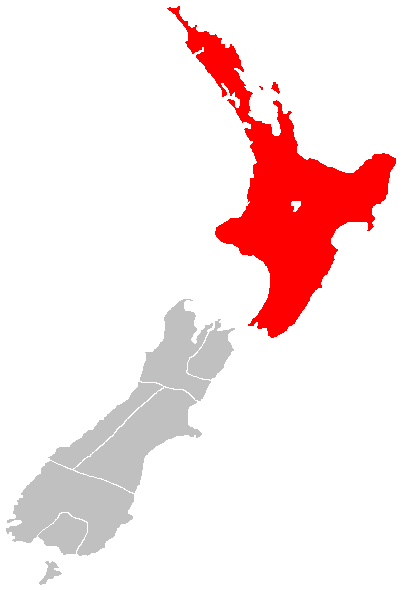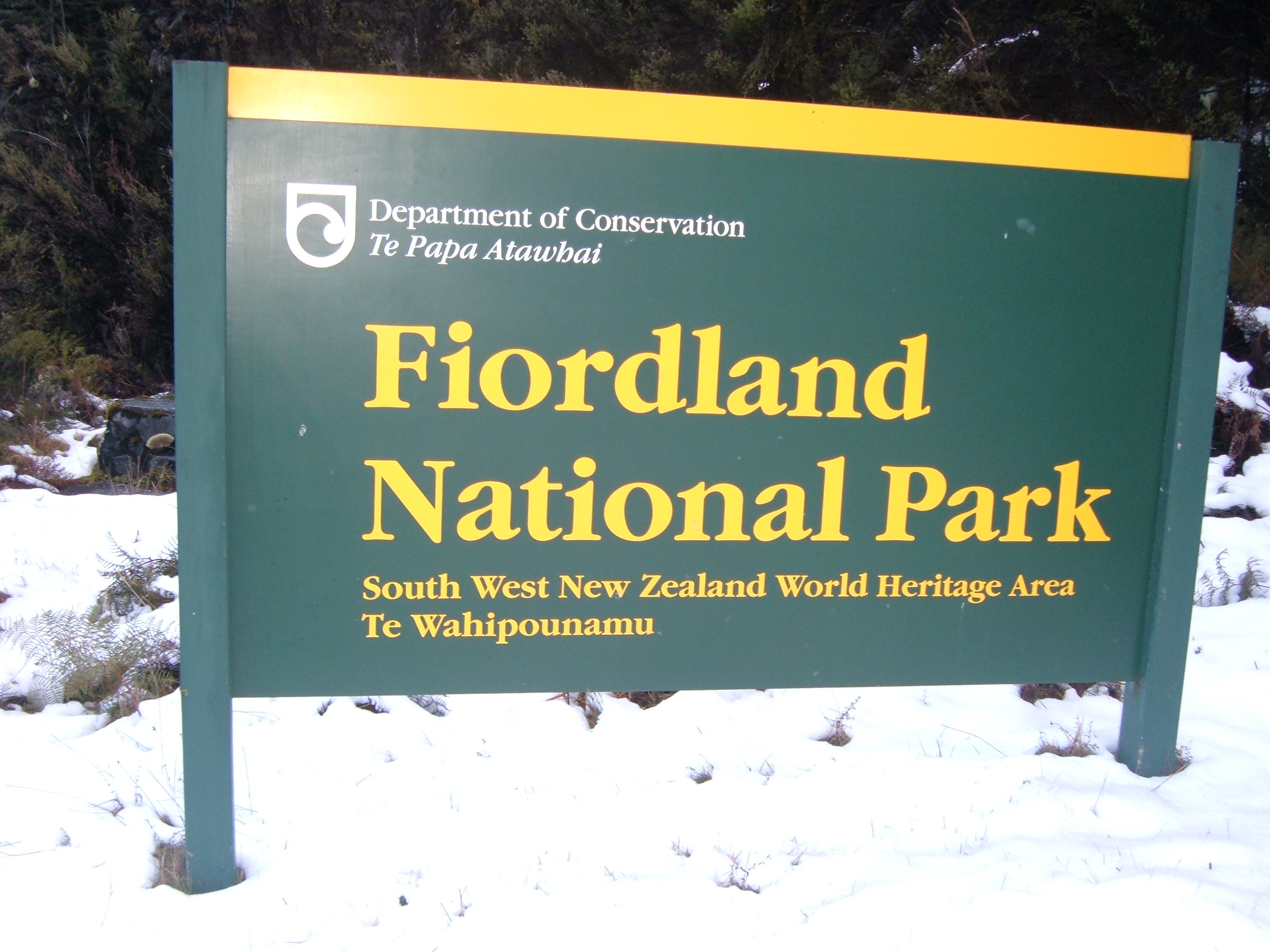|
Corybas Papillosus
''Corybas papillosus'' is a species of terrestrial orchid endemic to the New Zealand. It has a solitary rounded leaf with a heart-shaped base and a single flower with a long, slender green dorsal sepal, as well as a crimson and white labellum. Description ''Corybas papillosus'' is a terrestrial, perennial herb with a solitary thin leaf, rounded with a sometimes heart-shaped base, born on a petiole. The petiole is white or pale pink. The leaf is light green with a very slightly grooved midrib sometimes marked with purple. The upper surface is papillate (covered in small rounded projections). The single flower is held on a short petiole and is accompanied by two slender floral bracts of unequal size; the smaller one faces the flower and is very reduced, while the larger one faces away. The dorsal sepal extends well past the labellum. It is very slender and ends in a sharp tip that is curved upwards. The dorsal sepal is pale green flecked with maroon. The lateral sepals are lon ... [...More Info...] [...Related Items...] OR: [Wikipedia] [Google] [Baidu] |
Fiordland National Park
Fiordland National Park occupies the southwest corner of the South Island of New Zealand. It is by far the largest of the 13 national parks in New Zealand, with an area of , and a major part of the Te Wahipounamu World Heritage Site. The park is administered by the Department of Conservation. of Fiordland were set aside as a national reserve in 1904, following suggestions by then-future Prime Minister Thomas Mackenzie and Southland Commissioner of Crown Lands, John Hay, that the region should be declared a national park. The area had already become a destination for trampers, following the opening up of the Milford Track from Lake Te Anau to Milford Sound in 1889 by New Zealand explorers Quintin McKinnon and Donald Sutherland, which received significant publicity from a 1908 article in the London Spectator describing it as the "Finest Walk in the World". The Fiordland "public reserve" was created as a park administered by the Department of Lands and Survey - in pract ... [...More Info...] [...Related Items...] OR: [Wikipedia] [Google] [Baidu] |
North Island
The North Island, also officially named Te Ika-a-Māui, is one of the two main islands of New Zealand, separated from the larger but much less populous South Island by the Cook Strait. The island's area is , making it the world's 14th-largest island. The world's 28th-most-populous island, Te Ika-a-Māui has a population of accounting for approximately % of the total residents of New Zealand. Twelve main urban areas (half of them officially cities) are in the North Island. From north to south, they are Whangārei, Auckland, Hamilton, Tauranga, Rotorua, Gisborne, New Plymouth, Napier, Hastings, Whanganui, Palmerston North, and New Zealand's capital city Wellington, which is located at the south-west tip of the island. Naming and usage Although the island has been known as the North Island for many years, in 2009 the New Zealand Geographic Board found that, along with the South Island, the North Island had no official name. After a public consultation, the board offi ... [...More Info...] [...Related Items...] OR: [Wikipedia] [Google] [Baidu] |
Species Complex
In biology, a species complex is a group of closely related organisms that are so similar in appearance and other features that the boundaries between them are often unclear. The taxa in the complex may be able to hybridize readily with each other, further blurring any distinctions. Terms that are sometimes used synonymously but have more precise meanings are cryptic species for two or more species hidden under one species name, sibling species for two (or more) species that are each other's closest relative, and species flock for a group of closely related species that live in the same habitat. As informal taxonomic ranks, species group, species aggregate, macrospecies, and superspecies are also in use. Two or more taxa that were once considered conspecific (of the same species) may later be subdivided into infraspecific taxa (taxa within a species, such as bacterial strains or plant varieties), that is complex but it is not a species complex. A species complex is in most ca ... [...More Info...] [...Related Items...] OR: [Wikipedia] [Google] [Baidu] |
Corybas Trilobus
''Corybas trilobus'' is a species of terrestrial orchid endemic to New Zealand. It is part of the ''C. trilobus'' aggregate, whose members are characterized by a funnel or dish-shaped labellum and an often heart or kidney-shaped solitary leaf. Description ''Corybas trilobus'' is a variable terrestrial, perennial herb whose boundaries continue to be further delineated. The following description adheres to its 2016 delineation ''sensu stricto.'' ''C. trilobus'' has a single reniform (kidney-shaped) leaf born on a petiole that is 13–24 mm long. The leaf itself is at least 18 mm in diameter and is longer than it is wide; its apex is broad but ends ends with a sudden sharp point, and its base is distinctly two-lobed. The single flower is held on a peduncle with a small, slender floral bract; the ovary is pale yellow-green and ribbed. The flower is characteristically mostly pale-colored except for its labellum margins. The dorsal sepal arches over the labellum and is broadly ro ... [...More Info...] [...Related Items...] OR: [Wikipedia] [Google] [Baidu] |
Bayesian Inference
Bayesian inference is a method of statistical inference in which Bayes' theorem is used to update the probability for a hypothesis as more evidence or information becomes available. Bayesian inference is an important technique in statistics, and especially in mathematical statistics. Bayesian updating is particularly important in the Sequential analysis, dynamic analysis of a sequence of data. Bayesian inference has found application in a wide range of activities, including science, engineering, philosophy, medicine, sport, and law. In the philosophy of decision theory, Bayesian inference is closely related to subjective probability, often called "Bayesian probability". Introduction to Bayes' rule Formal explanation Bayesian inference derives the posterior probability as a consequence relation, consequence of two Antecedent (logic), antecedents: a prior probability and a "likelihood function" derived from a statistical model for the observed data. Bayesian inference computes ... [...More Info...] [...Related Items...] OR: [Wikipedia] [Google] [Baidu] |
Binomial Nomenclature
In taxonomy, binomial nomenclature ("two-term naming system"), also called nomenclature ("two-name naming system") or binary nomenclature, is a formal system of naming species of living things by giving each a name composed of two parts, both of which use Latin grammatical forms, although they can be based on words from other languages. Such a name is called a binomial name (which may be shortened to just "binomial"), a binomen, name or a scientific name; more informally it is also historically called a Latin name. The first part of the name – the '' generic name'' – identifies the genus to which the species belongs, whereas the second part – the specific name or specific epithet – distinguishes the species within the genus. For example, modern humans belong to the genus '' Homo'' and within this genus to the species '' Homo sapiens''. '' Tyrannosaurus rex'' is likely the most widely known binomial. The ''formal'' introduction of this system of naming species is ... [...More Info...] [...Related Items...] OR: [Wikipedia] [Google] [Baidu] |
Department Of Conservation (New Zealand)
The Department of Conservation (DOC; Māori: ''Te Papa Atawhai'') is the public service department of New Zealand charged with the conservation of New Zealand's natural and historical heritage. An advisory body, the New Zealand Conservation Authority (NZCA) is provided to advise DOC and its ministers. In addition there are 15 conservation boards for different areas around the country that provide for interaction between DOC and the public. Function Overview The department was formed on 1 April 1987, as one of several reforms of the public service, when the '' Conservation Act 1987'' was passed to integrate some functions of the Department of Lands and Survey, the Forest Service and the Wildlife Service. This act also set out the majority of the department's responsibilities and roles. As a consequence of Conservation Act all Crown land in New Zealand designated for conservation and protection became managed by the Department of Conservation. This is about 30% of New ... [...More Info...] [...Related Items...] OR: [Wikipedia] [Google] [Baidu] |
World Checklist Of Selected Plant Families
The World Checklist of Selected Plant Families (usually abbreviated to WCSP) is an "international collaborative programme that provides the latest peer reviewed and published opinions on the accepted scientific names and synonyms of selected plant families." Maintained by the Royal Botanic Gardens, Kew, it is available online, allowing searches for the names of families, genera and species, as well as the ability to create checklists. The project traces its history to work done in the 1990s by Kew researcher Rafaël Govaerts on a checklist of the genus '' Quercus''. Influenced by the Global Strategy for Plant Conservation, the project expanded. , 173 families of seed plants were included. Coverage of monocotyledon families is complete; other families are being added. There is a complementary project called the International Plant Names Index (IPNI), in which Kew is also involved. The IPNI aims to provide details of publication and does not aim to determine which are accep ... [...More Info...] [...Related Items...] OR: [Wikipedia] [Google] [Baidu] |
Corybas (plant)
''Corybas'', commonly known as helmet orchids, is a genus of about 120 species of plants in the orchid family, Orchidaceae. Helmet orchids are small, perennial, deciduous herbs and are nearly always terrestrial. They have a single leaf at their base and a single flower on a short stalk, the flower dominated by its large dorsal sepal and labellum. Species of ''Corybas'' are found in Australia, New Zealand, New Guinea, Southeast Asia, the Himalayas, southern China, many Pacific islands and a few sub-Antarctic islands. Description Orchids in the genus ''Corybas'' are perennial, deciduous, sympodial, usually terrestrial herbs, lacking roots. (A few sometimes grow as epiphytes on the fibrous bark of tree ferns or on the mossy branches of trees.) They have an underground tuber which is more or less spherical and fleshy. New tubers form at the end of root-like stolons. There is a single, heart-shaped, kidney-shaped or almost round leaf, usually at ground level and a short erect st ... [...More Info...] [...Related Items...] OR: [Wikipedia] [Google] [Baidu] |
Stephanie Lyon
Stephanie is a female name that comes from the Greek name Στέφανος (Stephanos) meaning "crown". The male form is Stephen. Forms of Stephanie in other languages include the German "Stefanie", the Italian, Czech, Polish, and Russian "Stefania", the Portuguese ''Estefânia'' (although the use of that version has become rare, and both the English and French versions are the ones commonly used), and the Spanish ''Estefanía''. The form Stéphanie is from the French language, but Stephanie is now widely used both in English- and Spanish-speaking cultures. Given names Royalty *Stephanie, Queen of Navarre (died after 1066), Queen consort of king García Sánchez III of Navarre *Stephanie of Castile (died 1 July 1180), illegitimate daughter of Alfonso VII of León and Castile * Stephanie of Milly, Lady of Oultrejordain (died 1197), an influential figure in the Kingdom of Jerusalem * Stephanie of Milly, Lady of Gibelet, an influential figure in the Kingdom of Jerusalem, first cous ... [...More Info...] [...Related Items...] OR: [Wikipedia] [Google] [Baidu] |




.001.jpg)